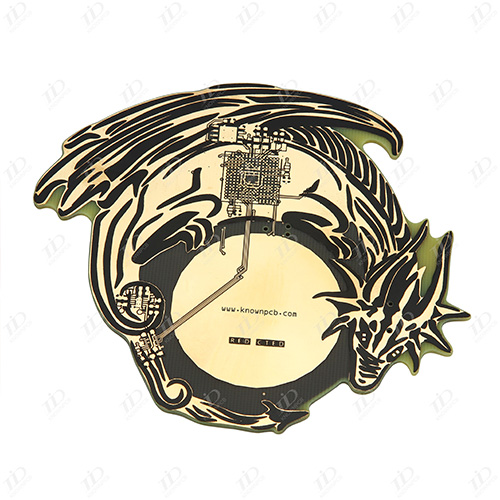 +86 755 2794 4155
+86 755 2794 4155  sales@knownpcb.com
sales@knownpcb.com
-
Shenzhen KNOWNPCB Technology Co., Ltd.
 +86 755 2794 4155
+86 755 2794 4155  sales@knownpcb.com
sales@knownpcb.com
 2024-02-22
2024-02-22
 606
606

On PCBs, nickel is used as a substrate coating for precious and base metals. The deposition layer of low stress nickel on PCB is usually prepared using modified Watt nickel plating solution and some amino sulfonic acid nickel plating solution with stress reducing additives. What are the common problems encountered when using PCB nickel plating solution, as analyzed by CITIC Huawei?
1、 Temperature - Different nickel processes use different plating bath temperatures. In nickel plating solutions with higher temperatures, the obtained nickel coating has low internal stress and good ductility. The general operating temperature is maintained at 55-60 degrees Celsius. If the temperature is too high, nickel salt hydrolysis will occur, causing pinholes in the coating and reducing cathodic polarization.
2、 PH value - The pH value of nickel plating electrolyte has a significant impact on the performance of the coating and electrolyte. The pH value of PCB nickel plating electrolyte is generally maintained between 3-4. Nickel plating solutions with higher pH values have higher dispersing power and higher cathodic current efficiency. However, if the pH is too high, due to the continuous precipitation of hydrogen gas from the cathode during the electroplating process, when it exceeds 6, pinholes will appear in the coating. Nickel plating solution with lower pH has better anodic dissolution, which can increase the content of nickel salts in the electrolyte. However, if the pH is too low, it will narrow the temperature range for obtaining a bright coating. Adding nickel carbonate or basic nickel carbonate increases the pH value; Add sulfamic acid or sulfuric acid to reduce the pH value. Check and adjust the pH value every four hours during operation.
3、 Anode - Currently, all conventional nickel plating on PCBs use soluble anodes, and it is quite common to use titanium baskets as internal nickel corners for anodes. The titanium basket should be placed in an anode bag woven of polypropylene material to prevent anode mud from falling into the plating solution, and the holes should be regularly cleaned and checked for smoothness.
4、 Purification - When there is organic pollution in the plating solution, activated carbon should be used for treatment. But this method usually removes a portion of the stress relieving agent (additive) and must be supplemented.
5、 Analysis - The plating solution should use the key points of the process regulations specified in the process control, regularly analyze the composition of the plating solution and conduct Hull cell tests, and guide the production department to adjust various parameters of the plating solution based on the obtained parameters.
6、 Stirring - Like other electroplating processes, the purpose of stirring is to accelerate the mass transfer process, reduce concentration changes, and increase the allowable upper limit of current density. Stirring the plating solution also plays a very important role in reducing or preventing the formation of pinholes in the nickel plating layer. Commonly used are compressed air, cathode movement, and forced circulation (combined with carbon core and cotton core filtration) stirring.
7、 Cathode current density - Cathode current density has an impact on cathode current efficiency, deposition rate, and coating quality. When using an electrolyte with a lower pH for nickel plating, the cathode current efficiency increases with the increase of current density in the low current density region; In the high current density region, the cathode current efficiency is independent of the current density, while when using a higher pH nickel plating solution, the relationship between the cathode current efficiency and the current density is not significant. Like other plating methods, the cathode current density range selected for nickel plating should also depend on the composition, temperature, and stirring conditions of the plating solution.

Or call +86 755 2794 4155
Inquiry Now

